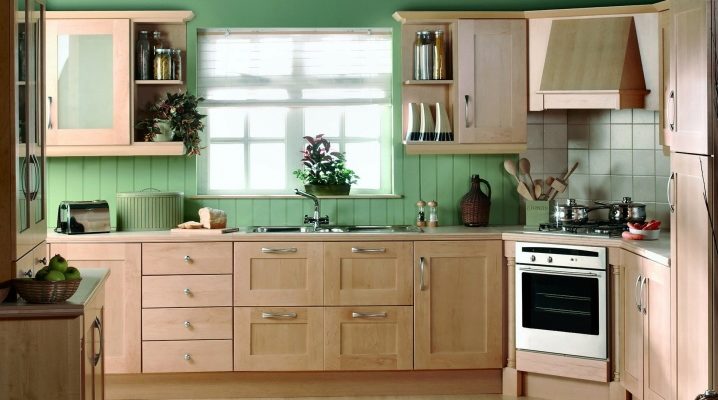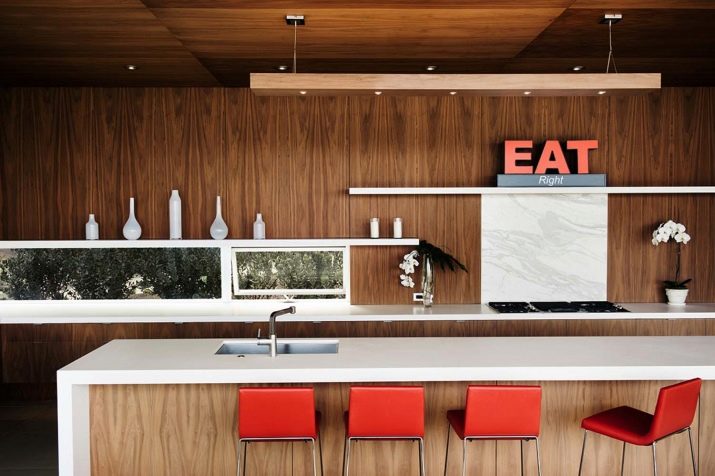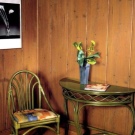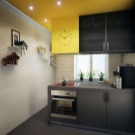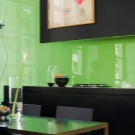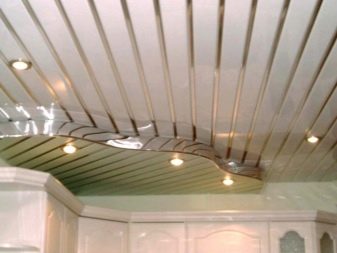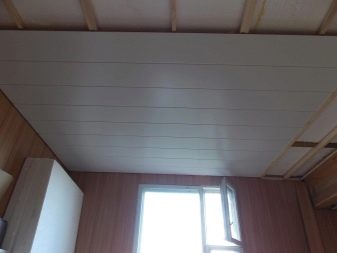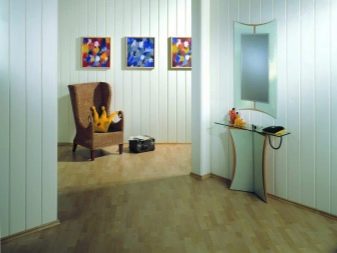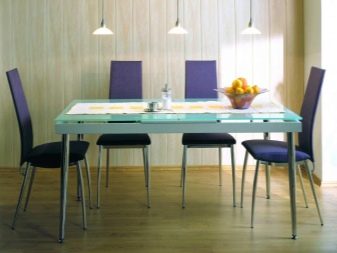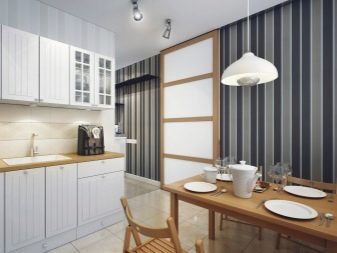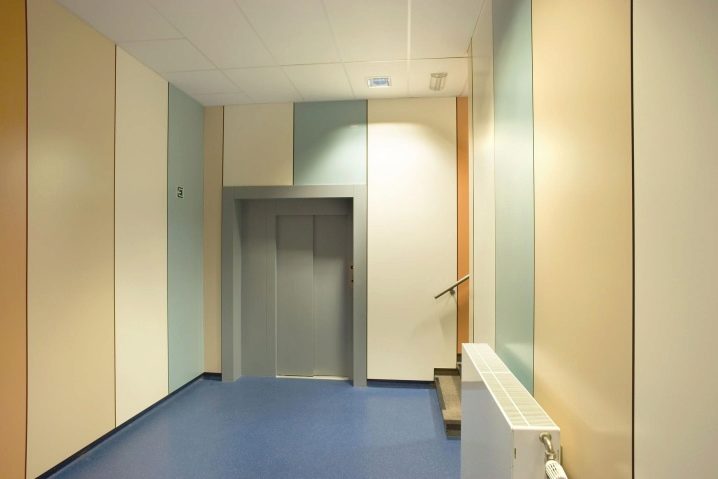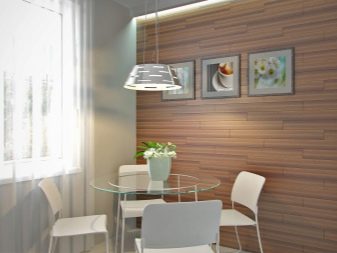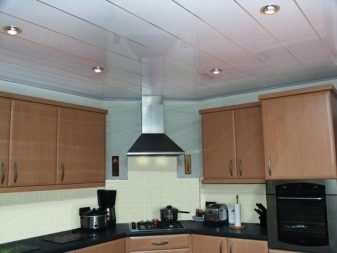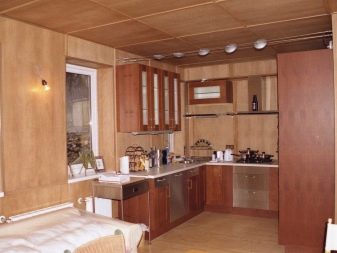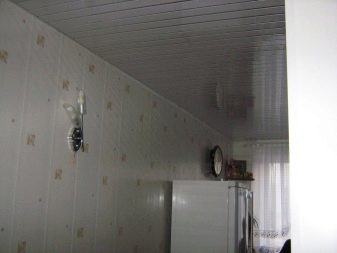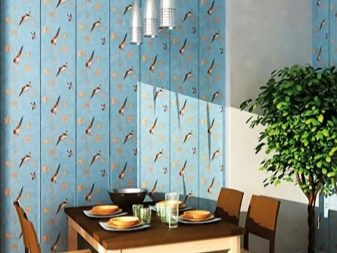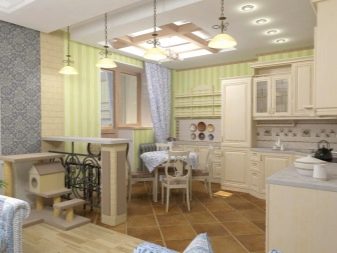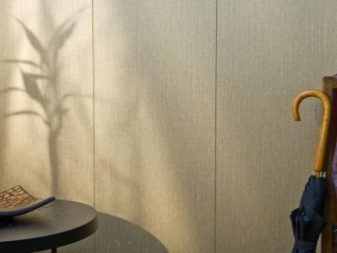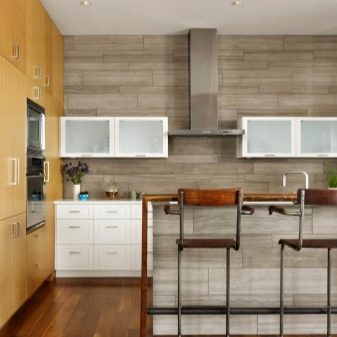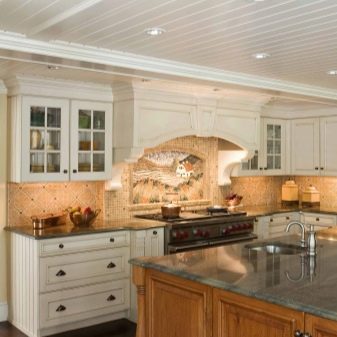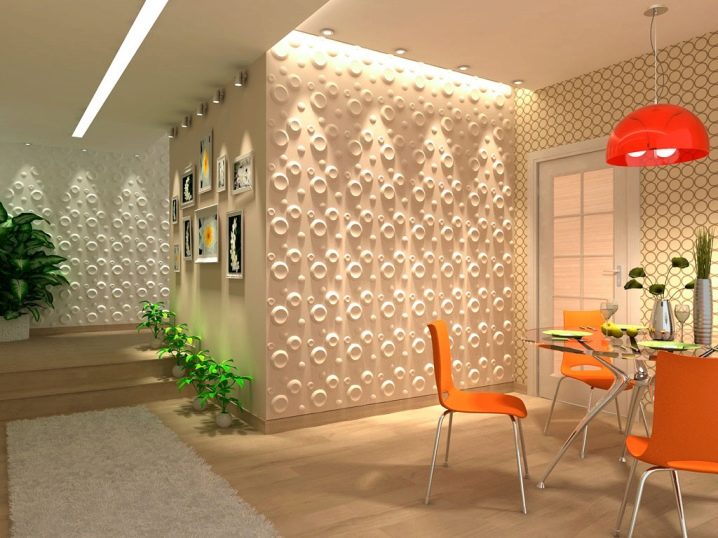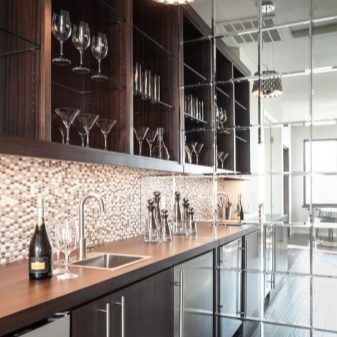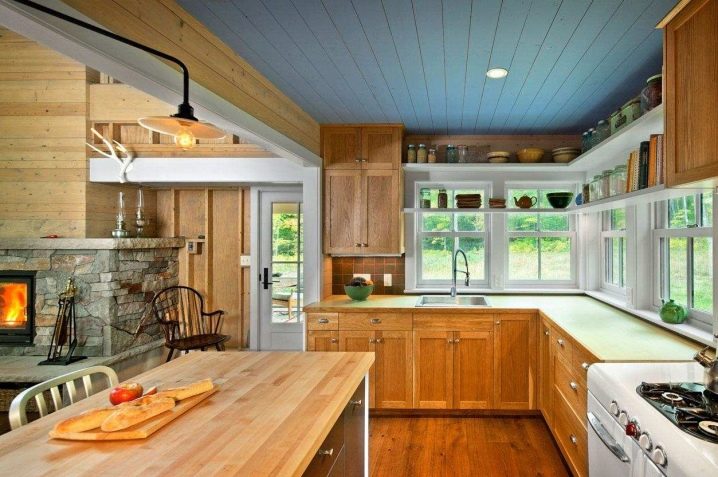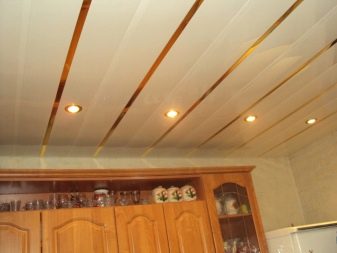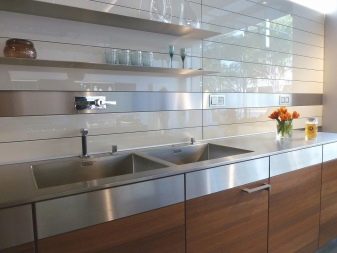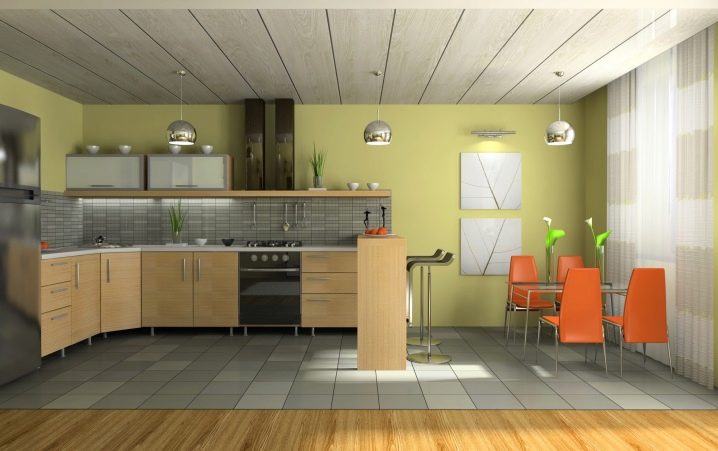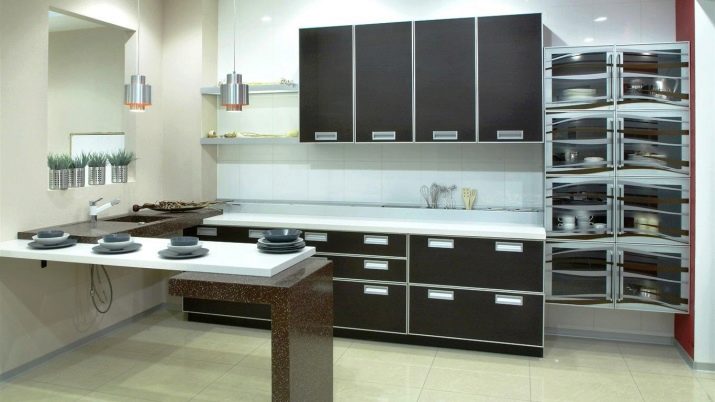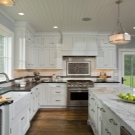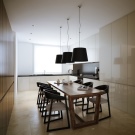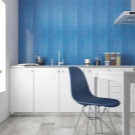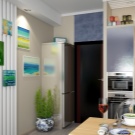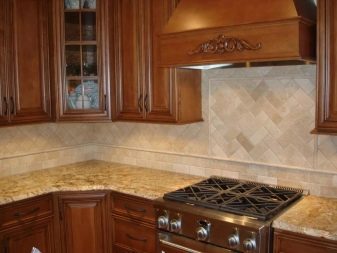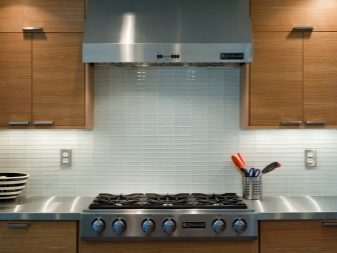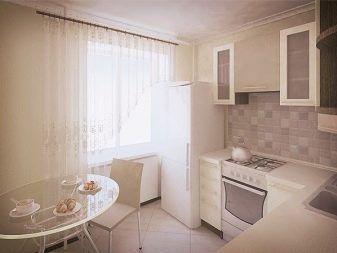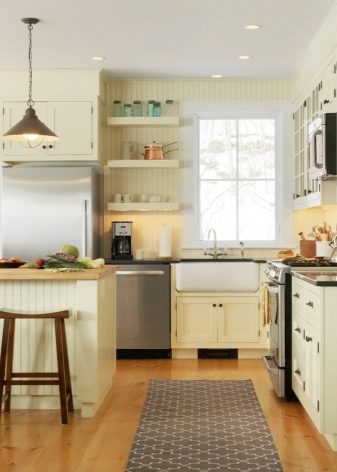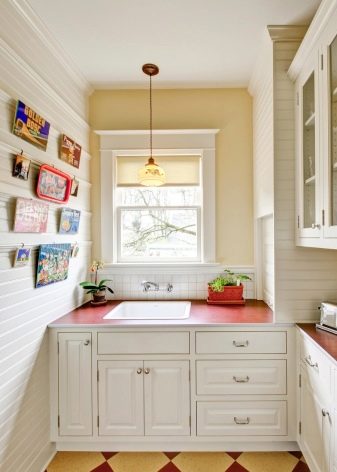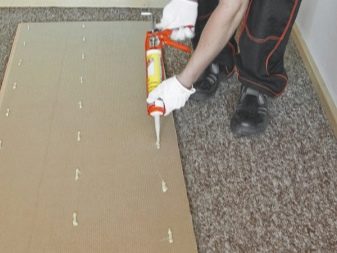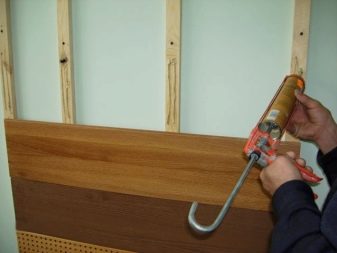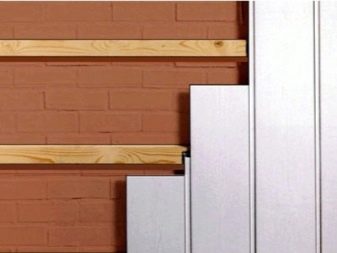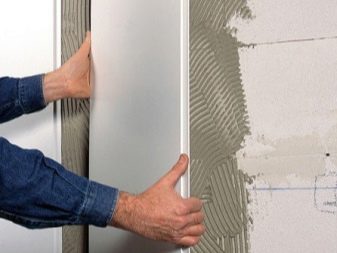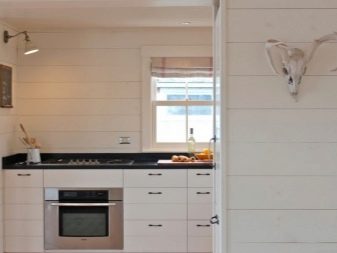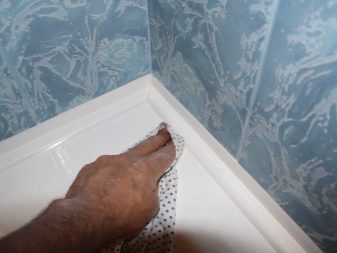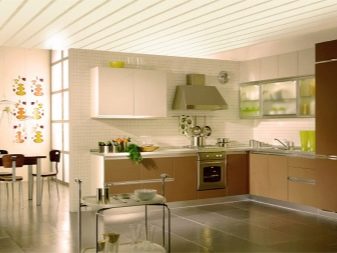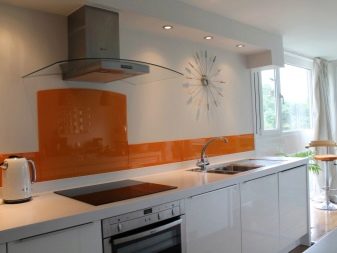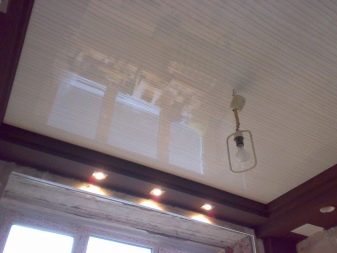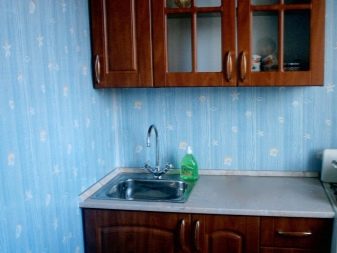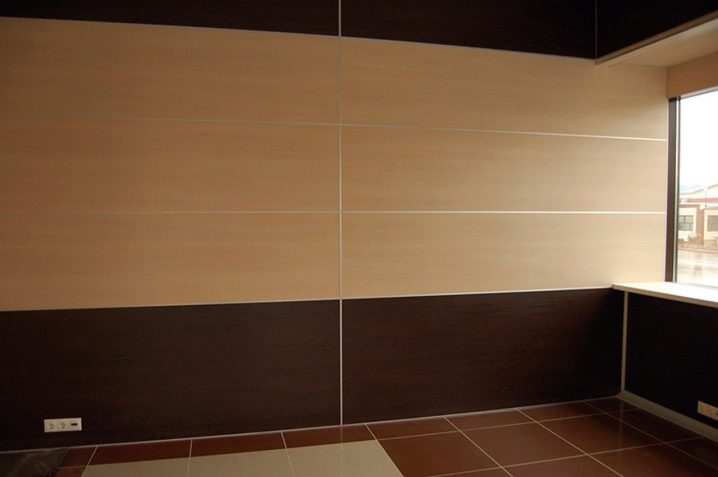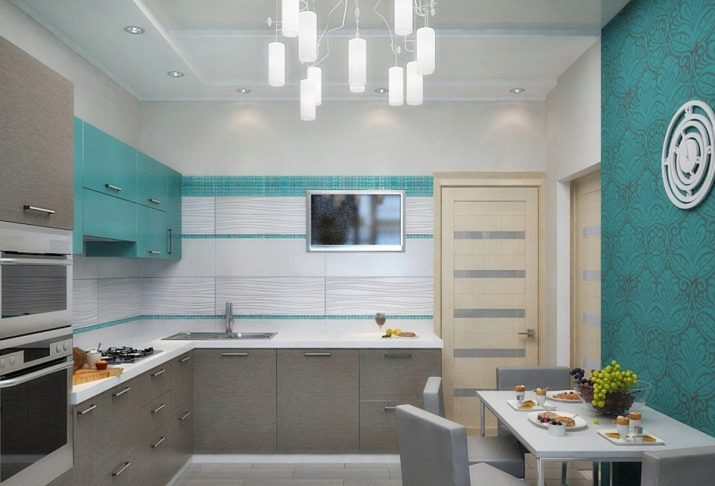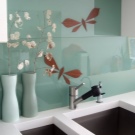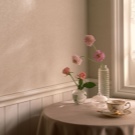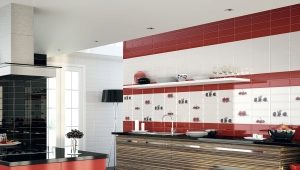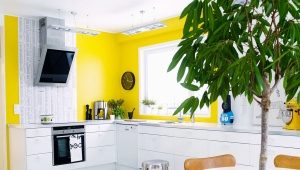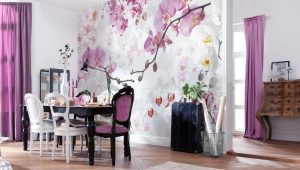PVC panels for the kitchen
It's no secret that the walls and ceilings in our apartments have numerous irregularities. During repair, these problems are quickly and easily eliminated with PVC panels. In addition, a wide choice of color palette, textures, prints, a variety of types and sizes of panels allow you to not restrain yourself when choosing a style and implementation of design ideas. Maintain order in such a kitchen will not be a hassle.
Leveling the surface of walls and ceilings has two solutions: using plaster and sheathing. Experts recommend using the first method for a curvature of no more than 30-50 mm, otherwise repair will require large investments in material and work. And with the help of plating with a small budget, you can hide any flaws.
Versatility, convenience and speed of installation, long service life, affordable prices have strongly strengthened the position of PVC panels among the top sellers.
NATURAL CHEMISTRY
Polyvinyl chloride (PVC) is a thermoplastic polymer (plastic).Get it from natural ingredients: 57% of rock salt and 43% of petroleum products. They produce panels, creating a mixture of polyvinyl chloride with plasticizers, stabilizers, pigments, which improve the quality and improve the properties of the product: plasticity, elasticity, increase light resistance and thermal stability. The number of auxiliary components from all manufacturers, as a rule, is more than 200, but each has its own manufacturing recipe.
Kinds
- Rack panels - narrow typesetting, as a rule, monophonic strips, like a classic lining. The length ranges from 2400 to 3700 mm, width from 250 to 500 mm. Thickness varies from 5 to 25 mm.
- Tiled panels - square plastic tiles. The dimensions of a single cell vary in the range from 300x300 to 980x980 mm. Thickness - up to 250 mm. One of the advantages is drawing up combinations of various colors and structures, creating mosaic canvases.
- Sheet panels - wide sheets, much thinner than the rack - only 3-6 mm. The standard size is 1220 x 2440 mm.
- Multilayer panels (sandwich) - almost full-fledged walls, ceilings or partitions that are in demand for country houses. They are sheet panels, between which there is a polyurethane insulation, noise insulation and other materials. Standard - 1220x2440x7 mm.
The width of the panel is always indicated without regard to the ridge, grooves and other joining elements. Therefore, when determining the amount of material required, only the dimensions of the front surface are taken into account.
Special features
PVC products differ from each other not only in shape and size, but also in the method of processing the upper decorative layer: with the help of thermal film, offset printing and lamination.
- Thermofilm applied by rolling on the front part with a special roller. The color palette is very wide, photo printing is possible. Good for imitation stone or brick. In terms of brightness, variety of choice of textures and patterns, it exceeds the capabilities of the tiled assortment. Most often, the film is used for sheet panels and PVC tiles. Sensitive to harsh detergents.
- Offset printing involves drawing a picture directly on the panel, as in a printing house, and fixing it with varnish. Usually used for images of mosaic, flower ornament, drawing a bright print. The surface can be both glossy and matte. However, this technology does not provide sufficient coating strength,high sensitivity to mechanical damage, and therefore direct printing is more often recommended for the decoration of the dining area.
- Lamination provides the maximum strength that PVC is capable of, because, in fact, one more layer of plastic is added. According to reviews on the forums, such wall panels last much longer and can be cleaned by any chemical means. All this provides them with a leading position in decorating the apron area. Lamination gives an advantage in the choice of images, provides for the execution of drawings and photos to order, that is, provides an exclusive kitchen interior.
The most expensive - sheet models with lamination, price tags are quite comparable with tiled competitors, with 3D photos or drawings, friezes, as well as all textured and voluminous options. The economy class includes panels with direct printing, thermal film and, of course, the most simple - without a picture.
In the segment of premium goods, Kadillak Plastic represents a mirror version of the PVC family, made of acrylic and glass, while being several times lighter and stronger than the latter. Sheets are easily bent, they can, if desired, wrap the columns.Panels are not afraid of temperature differences and maintain from - 500 to + 500 ° С. In assortment tinted and holographic (flickering) models.
BASIC STYLE
Mistakes made during the renovation of the kitchen may result in a new remake. In order to prevent the replacement of incorrectly selected materials, it is necessary at the planning stage to consider the design of the entire room, determine the main and finishing materials, make sure that they are compatible, study the operational features.
Podivinyl chloride is used to modern and ultra-modern solutions, it supports them with numerous bright types of films and drawings, and it masks technical equipment, for example, embedded spotlights. For small rooms, experts recommend the use of glossy materials. Glitter and a small mirror effect visually expand the space.
No matter how bold the plan was, experts advise not to use more than three colors in one project.
Metal plating, photo printing adequately support the asymmetry of modernity and the brutality of high-tech. Minimalism - the perfect pair with plastic sheet. And the cheapest monochrome slats seem to be created for Provence.They are chosen light pastel colors, with a matte, sometimes textured front part. For a classic Mediterranean style imitation is needed under the stone, the emphasis on white and blue-blue. Textured film under the tree - finish for country. Plastic panels, mosaics, laminated photos give a lot of room for eclectic ideas.
IN DALY FROM LIGHT AND HEAT
Whatever tricks and tricks the manufacturers would resort to, PVC does not tolerate direct sunlight. Prolonged exposure to ultraviolet radiation leads to photodistruction, as a result of which the plastic loses its elasticity and strength. To counter these processes, in many factories, light-absorbing dyes are introduced into the composition of the panels. Thus, it is possible to prevent the destruction of the material across almost the entire thickness, but it does not save from fading, changing the protective properties of the thin outer layer of the plate.
Modern technologies allow to produce polymeric materials that can withstand a temperature load of at least 120 ° C. According to fire classification, with the exception of Chinese production, PVC is classified as self-extinguishing.However, susceptibility to high and low degrees is their weak point. For example, at + 40 ° С, the three-meter panel is extended by 1 cm from the standard length, which is determined by the positive mode in the range from 17 ° С to 25 ° С.
Thermal dependence should be foreseen during installation and operation. Polyvinyl chloride must be protected from a gas or electric stove, it is not recommended to install PVC and in the immediate vicinity of radiators.
If repairs are carried out in a cold or hot season, experts recommend giving the panels a rest for a couple of days so that they can acquire dimensions that meet the conditions of their future use.
Tightly fitted in the heat, during the cold in the joints may appear cracks, so the off-season is considered ideal for wall cladding.
WITHOUT SPECIAL COTS
The easiest way to install PVC panels is with glue or liquid nails. Let's apply to tiled and sheet panels. With a material thickness of up to 0.4 mm, walls with minor defects can not be leveled, more than 0.5 mm can be done without plastering to repair difficult terrain.The thinner the plates, the better they fit to the surface.
Before applying the adhesive, remove the dust and apply a primer. The tiles are joined together in grooves that do not require masking, and the narrow gap in the place of contact between the sheet plates is filled with a sealant and overlapped with a batten profile.
For the docking work there are various profiles and moldings. One can not do without when mixing the skin of the corners, others hide the ends, the trimmed parts of the skin. Ceiling plinths or baguettes are provided that snap into the grooves between the ceiling and wall panels.
Profiles not only protect against dirt and dust, the proposed palette allows you to achieve a coloristic unity of the main and auxiliary materials, or use profiles and baguettes as an additional finish, contrasting with the main color of the common space.
Rackbone panels, as a rule, are attached to the battens from wood, metal profile or plastic. The frame is attached to the wall perpendicular to the direction of the panels themselves. The step between the horizontal bars of the base is calculated based on the weight and width of the bars.The average intermediate interval for walls is 25-60 cm, ceilings - 20-40 cm. The thinner and softer the rail, the smaller the distance between the fasteners. Additional reinforcement structures are provided in places where it is planned to place wall cabinets, sconces or mirrors. Then pave the communication, always in a protective sheath. The lamella plates themselves are assembled with the help of grooves, self-tapping screws are screwed into them, which fix the plastic lining on the crate.
At installation it is necessary to take into account thermal differences winter-summer. Increasing or decreasing the temperature of the environment by 10 ° C entails, respectively, elongation or compression of PVC materials by an average of 1%. To avoid deformation, between the wall-ceiling, wall-to-floor or the junction of large sheets leave gaps of 5-10 mm, which are easily hidden baguette, fillet, floor plinth or finishing profile.
The service life of PVC panels is about 10 years. At the same time, it is possible to partially dismantle and replace one of the parts of the kit without disturbing the whole structure and aesthetics of the kitchen space.
